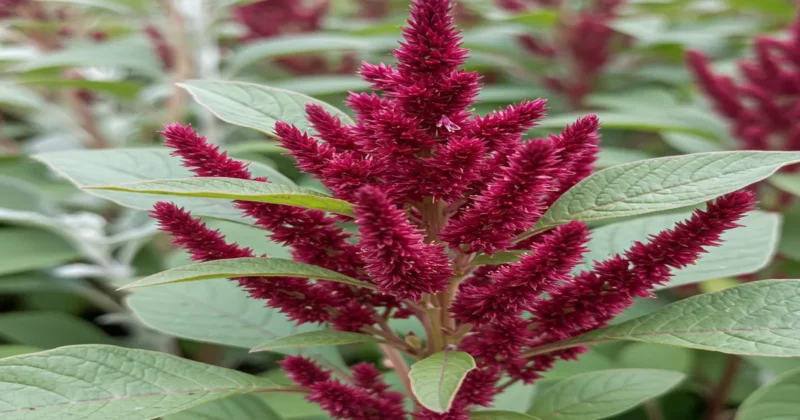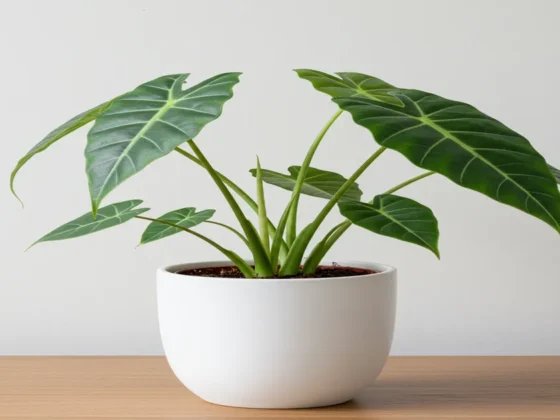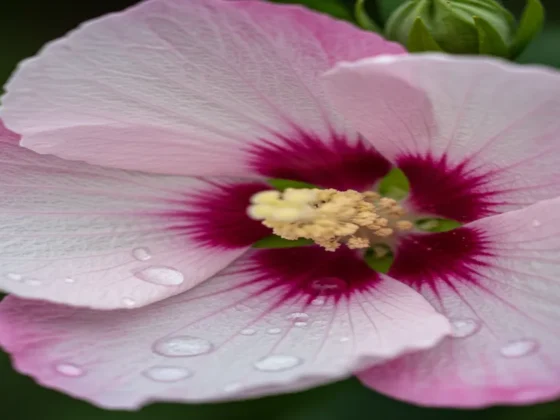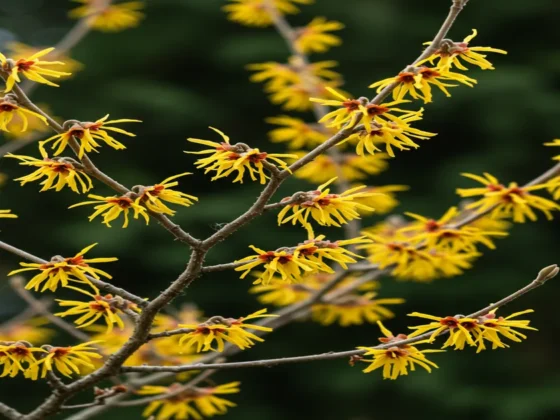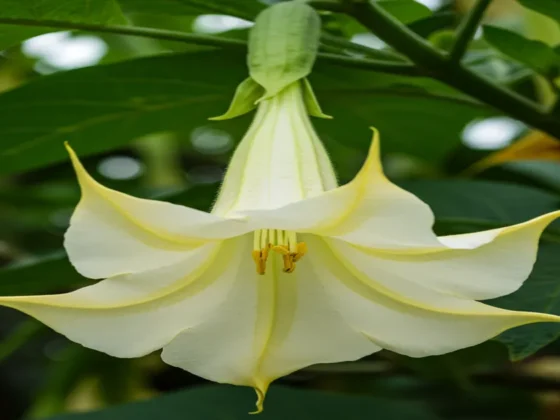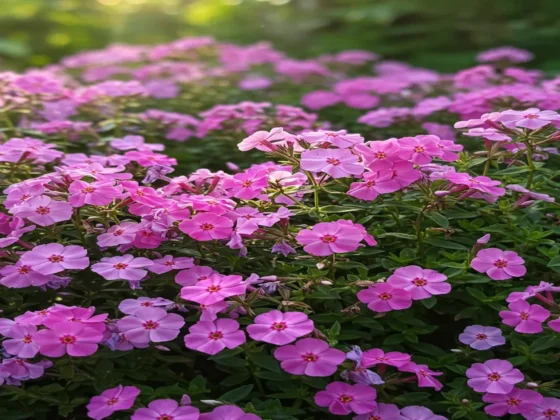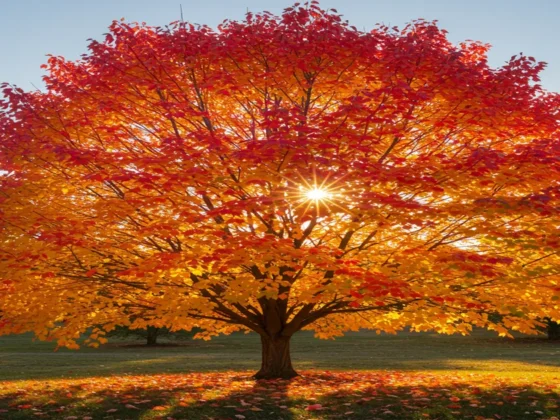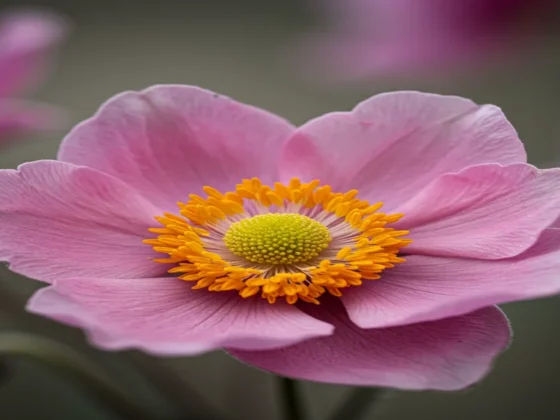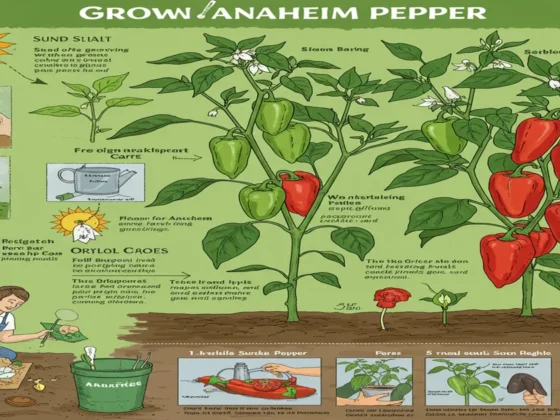Amaranth is a decorative annual plant cultivated for its edible grain-like seeds for thousands of years. It is recognized by its large, wide leaves with distinct veining, and each plant produces a solitary reddish flower at the end of a stem. This plant thrives in average, well-drained soil and requires a minimum of six hours of sunlight, acidic soil, and temperatures between 70 and 85 degrees.
| Common Names | Amaranth, amaranthus, love lies bleeding, tassel flower, pigweed |
| Botanical Name | Amaranthus spp. |
| Family | Amaranthaceae |
| Plant Type | Annual |
| Mature Size | 2–4 ft. tall, 1-2 ft. wide |
| Sun Exposure | Full, partial |
| Soil Type | Moist but well-drained |
| Soil pH | Neutral, acidic |
| Bloom Time | Summer, fall |
| Flower Color | Red |
| Hardiness Zones | 2-11 (USDA) |
| Native Area | North America, South America |
Different Kinds of Amaranth

Amaranth is an ancient plant that originated in the Americas. It has been cultivated for thousands of years, either as a high-protein grain or as a leafy vegetable, with the Aztec civilization in Mexico during the 1400s being one of its well-known cultivators.
The Amaranthus genus comprises at least 75 annual and short-lived perennial species that readily interbreed and create hybrids. Amaranth varieties vary from tall giants reaching up to eight feet in height to smaller plants of one to two feet more suitable for leaf harvesting.
If you are interested in harvesting amaranth grains, you need to grow larger plants specifically for their seeds. Some popular types include:
- Red-leaf amaranth (A. tricolor): This type offers highly nutritious foliage with a taste reminiscent of slightly tangy spinach. ‘Molten Fire’ and ‘Joseph’s Coat’ are favored cultivars of this species.
- ‘Burgundy’ (A. hypochondriacus): This variety features striking purple leaves, red flowers, and white seeds.
- ‘Hopi Red Dye’ (A. cruentus): An ancient species, this type produces high-protein black seeds.
Tips for Harvesting Amaranth

When harvesting amaranth grains, allow the plant to flower. Monitor the flowers as they blossom and wither. Before they become brown, remove the flowers and place them in bags to dry.
Once dried, shake the bag or tap the seeds loose onto a cloth. Remove the dried seed husks by rinsing, and then enjoy your grain harvest. Amaranth pairs well in porridge with other grains such as millet and quinoa.
After the harvest, you may trim tall plants to about two feet above the ground, which will promote the growth of new, smaller shoots.
Trimming
Provide support for these heavy plants, such as tomato cages, stakes, or netting, to keep them upright. Pinch the plants to maintain a more manageable height of under six feet. Prune the central stem when the plants reach knee height. Trimming the main stem will encourage the growth of smaller and more accessible stems.
After harvesting the flowers, remove the spent blooms to prevent seed formation and encourage continuous blooming until the first frost.
Growing Amaranth from Cuttings and Division
Amaranth plants can be easily propagated in the garden through self-seeding. Alternatively, you can also propagate them using stem cuttings and division, which are quicker methods compared to using seeds and result in identical plants.
Propagating with Stem Cuttings
Propagating through Division
Guide to Cultivating Amaranth From Seed
In autumn, harvest the seeds and plant them again the next spring. When planting amaranth outside, space the seeds around four inches apart after the ground has warmed up in late spring, and lightly cover them with soil.
Typically, germination takes between 7 to 14 days. For the seeds to sprout, the soil needs to be at least 50 degrees, but they will sprout faster if the temperature is 68 degrees or higher. Once they start growing, thin out the plants to around 10 to 18 inches apart; you can carefully uproot them and move them to a different spot. Here are the steps for planting the seeds:
Planting and Replanting
Amaranth can be cultivated in hanging pots; however, certain types might grow extensively and produce lengthy roots. It is advisable to use larger containers, preferably 10 gallons or more, for this plant.
As it is mainly an annual plant, amaranth typically does not require more than one planting container unless being transferred from its seedling pot. Utilize well-draining potting soil and ensure the container has sufficient drainage openings.
Types of Pests and Plant Diseases
Amaranth is susceptible to many of the same pests and diseases that impact other vegetables. Common issues include aphids and weevils. Insecticidal soaps can effectively treat aphids, while floating row covers can shield the plants from weevils.
Excessive moisture in heavy soil can lead to root rot. Once root rot sets in, the plant should be eliminated. The most effective way to prevent root rot is by ensuring well-draining soil and avoiding overwatering.
Tips for Inducing Amaranth to Flower
Amaranth reliably starts blooming from midsummer until the first frost. You can either appreciate the amaranth blooms as cut flowers or let them dry and turn brown by cutting the entire flower stalk and drying it in a paper bag.
Flowering Season
Amaranth typically starts blooming in July.
Duration of Amaranth Blooms
Amaranth blooms can last from July until the first frost. To encourage more blooms, deadhead the plant.
Characteristics of Amaranth Flowers
Amaranth flowers feature showy, drooping, fuzzy red clusters with a mild, grassy scent rather than a floral fragrance.
Promoting Additional Blooms
The most effective method for obtaining more blooms is deadheading or removing the faded flowers. Ensure the plant receives adequate light.
Removing Spent Amaranth Flowers
Deadheading serves as a great way to stimulate more blooms while preventing the plant from self-seeding.
Challenges commonly faced with Amaranth
Amaranth is resistant to heat and drought and is simple to cultivate. However, the following issues may arise:
Leaves Turning Brown
Browning is often caused by overwatering. Underwatering is less likely as amaranth is resistant to drought.
Damage by Birds
To prevent birds from destroying your plants, use netting. Birds are attracted to the seeds and may damage your flowers. While netting can protect your flowers, it may also obstruct pollinators from accessing your plants.
FAQ
What parts of amaranth are edible?
Edible amaranth is primarily grown for its abundant small seeds that hang like tassels from the top of the plant once the striking red flowers have faded. Additionally, you can use the leaves of amaranth as a leafy vegetable.
How can I identify the right type of amaranth?
For consumption purposes, opt for annual amaranth varieties labeled as edible. Almost all types of amaranth are suitable for consumption, includinglove-lies-bleedingand even the common weedy forms found on roadsides. Varieties marketed as edible are chosen for their high seed yield and particularly delicious leaves.
Is amaranth a perennial plant?
Amaranth is an annual plant, meaning individual plants do not return each year. However, the seeds can survive the winter, leading to new amaranth plants spr


